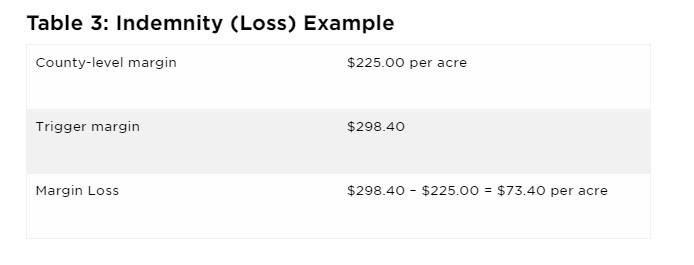By Xcaret Nuñez
When temperatures rise and the ground dries out, Johnsongrass can become toxic with prussic acid and kill cattle almost instantly when they eat it.
Livestock producers getting ready to turn their cattle herds onto pastures with new forage growth this summer should stay aware of prussic acid poisoning.
Producers in western Oklahoma counties suffering from extreme drought conditions are reporting cattle deaths from prussic acid poisoning. When temperatures rise and the ground dries out, certain sorghum plants like Johnsongrass can become toxic with prussic acid and kill cattle almost instantly when they eat it.
“Within the first couple of weeks of June, I started hearing reports from both [Ellis County] and neighboring counties that they had [cattle] dead here and another there,” said Dana Bay, an Oklahoma State University Extension agriculture educator in Ellis County. “When you start hearing those reports, you can suspect it’s Johnsongrass giving you some problems.”
Prussic acid, or hydrocyanic acid, a form of cyanide, is a toxin that develops in plants such as sorghum, Sudangrass and Sudangrass hybrids when they are stressed out by drought or frost. When the plant is broken down and consumed by the livestock, prussic acid is absorbed into their bloodstream.
“When it gets into the bloodstream, it’s absorbed really rapidly, and it prevents the absorption of oxygen at the cellular level,” Bay said. “So the animal dies from asphyxiation.”

Johnsongrass seedlings often resemble corn seedlings, however, its stems and leaves are narrower and completely hairless.
Bay notes that the new, leafy growth on the plant tends to be more toxic compared to the older leaves, unlike nitrate poisoning where stalks of the plant are highest in nitrate. Bay said she’s received about 10 reports of Johnsongrass, an invasive species, testing positive for prussic acid — which has led to about 30 cattle deaths.
“It’s just a bad scenario all around,” Bay said. “It’s really disheartening to know there’s a pasture you can graze, but if you graze it, it could lead to the death of [cattle].”
Including prussic acid poisoning, the relentless summer heat has ramped up other risks to cattle. While the grass cattle graze on dries up, livestock producers are being faced with decisions like whether to keep buying available food for their cattle or pare down their herd numbers.
Oklahoma’s stockyards have seen an uptick in the number of cattle sales happening this month; the high temperatures being one major contributing factor, said Oklahoma Stockyard auctioneer Brian Marlin. The latest market report shows more than 1,100 were sold, compared to 631 sold at the same time last year.
Click here to see more...